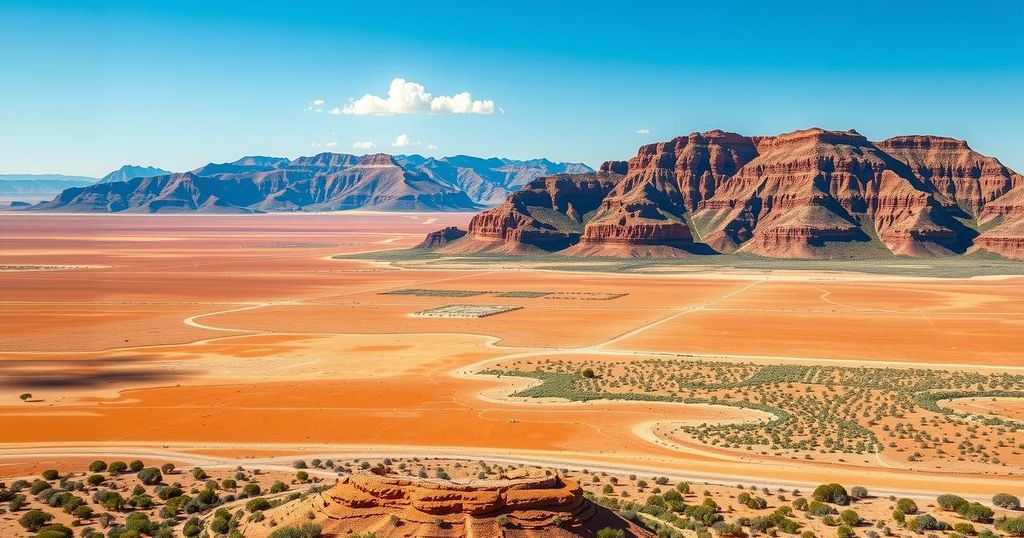Since 2019, alcohol prices in Namibia have risen sharply, with white spirits up 74% and beer climbing 26%. Namibia has high beer consumption rates, ranking seventh worldwide. Beer and spirits make significant contributions to household expenditure, particularly in northern regions. The impact of inflation may lead consumers to seek more affordable drinking options.
Since late 2019, Namibia has witnessed a significant increase in the average price of alcoholic beverages. The price of white spirits soared by 74%, while beer prices rose by 26%. The inflation of white spirits particularly spiked in 2022, attributed to the Russia-Ukraine conflict, which disrupted grain supply and affected production costs for vodka and gin.
Namibia ranks seventh globally for per-capita beer consumption, with an annual average of 85 liters in 2022. Beer constitutes a considerable part of the Namibia Consumer Price Index (NCPI), accounting for 7% of household expenditure—the second highest category after rent. In total, alcohol contributes approximately 10% to the NCPI, emphasizing its significance in household budgets.
Regional consumption patterns show differing preferences among Namibians. In the northern regions, beer makes up 8.8% of total expenditure, while white spirits represent 0.6%. Conversely, brandy, whisky, and champagne are more prevalent in zone 3, which encompasses the Erongo, Omaheke, Hardap, and //Kharas regions, contributing 0.7% and 0.5% of total expenditure there.
Windhoek residents allocate 1.7% of their total spending to wine; however, overall alcohol expenditure is lower at 7.9%. In the northern regions, the average expenditure for alcohol is considerably higher, at 11.8%, followed closely by 10.4% in the southern coastal areas and the Omaheke region. Despite Windhoek’s higher income levels, residents still experience an impact from inflation, leading some consumers to switch to more affordable options or to reduce their alcohol consumption altogether.
The local hospitality sector continues to offer affordable choices, such as the N$20 draughts, providing opportunities for consumers amidst rising prices.
In summary, Namibia has experienced a notable rise in alcohol prices since 2019, particularly affecting white spirits due to global events. Beer continues to be the most consumed beverage, reflecting substantial expenditure in households, especially in the northern regions. As inflation persists, Namibians may need to adjust their consumption habits, exploring more economical alternatives. Overall, the intricate dynamics of alcohol consumption and expenditure highlight significant socio-economic factors at play across the nation.
Original Source: www.namibian.com.na




